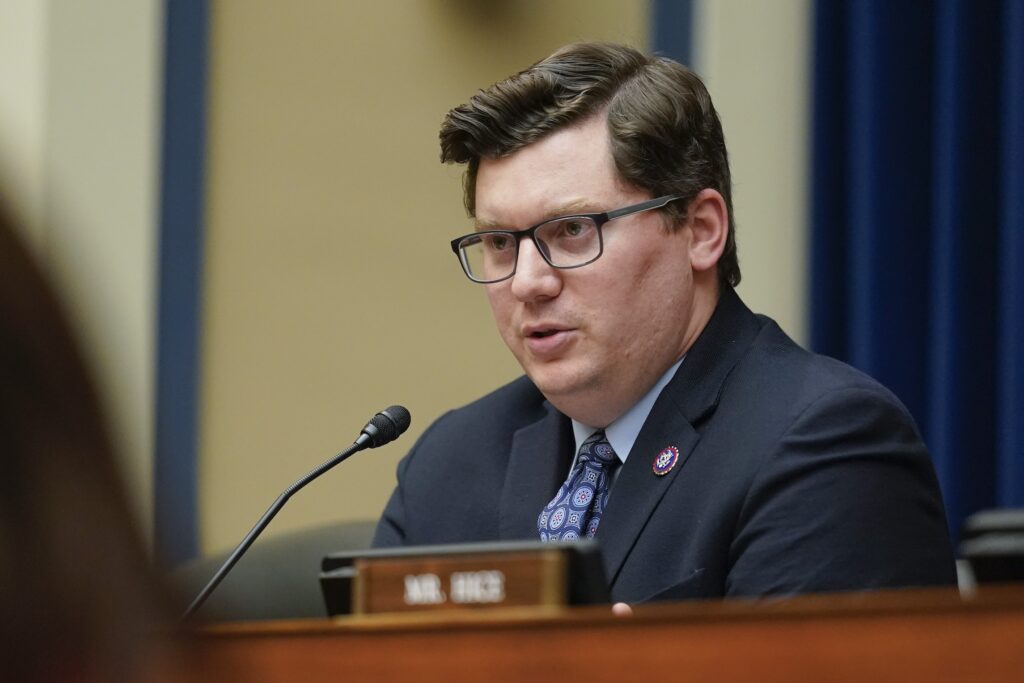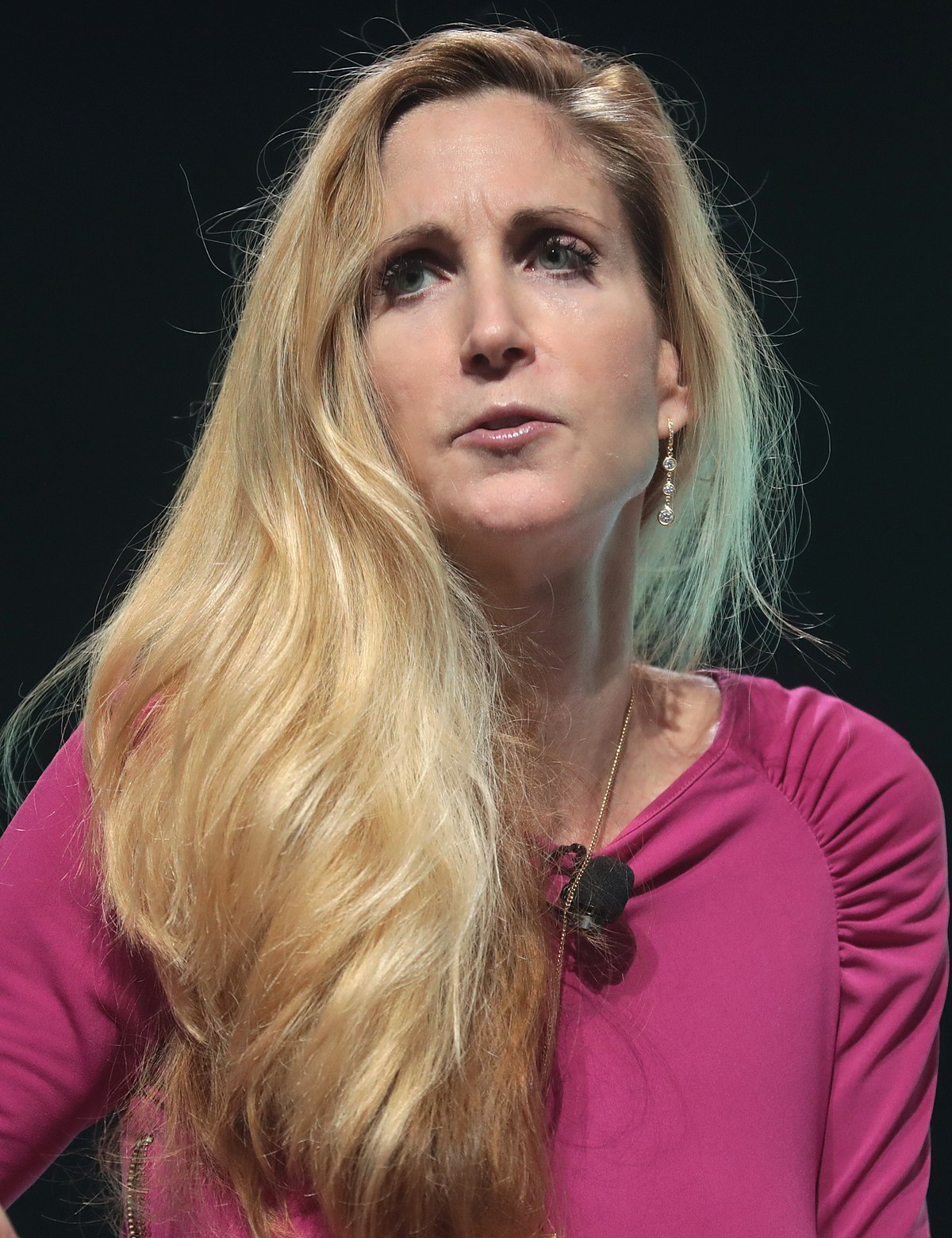I Went To D.C. To Help Save The Republic. God Turned Me Into A Walking Medical Miracle Instead.
My foray into government seemed in hyperdrive. It was my patriotic attempt to do all I could to restore our nation to its first principles and a greater respect for life.
I had left my 30-year career as a chemist to become a speechwriter and advisor to then Kentucky Governor Matt Bevin. I was an energy policy wonk and had the honor of collaborating with the White House a few times on key issues.
When we were not reelected in 2019, I began to prepare a return to private life when I was appointed as a Senior Advisor in the Trump Administration.
So, I would head to Washington D.C.. My family, including our Golden Retriever, Chipper, would follow as soon as I got settled.
At the end of my first month in Washington, I was thrilled to be invited to a White House breakfast meeting the following week. But as I made my way up the Metro steps heading to my new apartment, I learned Chipper had just lost his battle with cancer. I was overcome with emotion. He crossed the Rainbow Bridge while I was 900 miles away. The regret and guilt of not being there for him were overwhelming.
All those thoughts dissolved, however, as I reached the top Metro step. Everything went black, and I collapsed.
After eventually getting back to my apartment, I had to scramble to find a doctor. I had only been in the city a month. A friend in Alexandria recommended an internal medicine specialist, Dr. Gary Miller. I didn’t know it at the time, but that selection would save my life.
That specialist noticed that my fingernails had no pink coloring beneath them; instead, they were completely white. He quickly referred me to the hematology department at Sibley Memorial Hospital.
This, too, was a life-saving decision. The internist told me months later, when I called to thank him, that he’d suspected I had a serious condition but didn’t have the testing capability at his office to be certain. He did, however, know that the team at Sibley was among the best in the world at diagnosing what he suspected.
The night after seeing the internist, I called my wife, who was still in Kentucky packing the house. I assured her I felt fine and that this was all much ado about nothing, but God impressed upon her that it was serious. She got on the first available flight to Washington.
Days later, after a series of blood tests, I remained steel-spined as the doctor at Sibley came into my room and told us that he suspected cancer, Acute Lymphoblastic Leukemia (ALL). A painful bone marrow biopsy followed and confirmed the worst possible news. I had T-type with two mutations, making mine the most rare and deadly form of cancer in the world, with an approximate 98% fatality rate. There weren’t even enough survivors to craft any kind of hopeful prognosis. Sibley Hospital had become a satellite facility at Johns Hopkins in Baltimore and was under the supervision of one of the top oncologists in the world. He was the only doctor on record to have cured my type of cancer.
“Okay, no problem,” I said. “I can beat it. What do we have to do, like chemo or something?”
“Yeah, or something,” the doctor answered, a bit perplexed by my cavalier response.
“No problem, here’s the deal, I have a meeting at the White House next week. I’ll go take care of that and then come back here, and you can tell me what I need to do.”
The doctor rolled his stool over to me and placed a hand on my shoulder. “Mr. Skates,” he said intensely. “You aren’t comprehending what I am telling you. Mr. Skates, there is no medical explanation for you to be alive right now. You have almost no red or white blood cells left. You are passing out because there is no vehicle to carry oxygen to your brain. We are starting chemo on Monday, and there will be no meeting. Fighting this disease will dominate your life for the next year.”
That’s when the gravity of the situation hit me.
I was given three days to get my affairs in order before reporting the following Monday for my first chemotherapy treatment. Acute leukemia hits you like a freight train, so once I reached the point of passing out, the shortness of breath and weakness were debilitating.
Still, we took a few hours on one of those days to tour the Museum of the Bible. My son pushed me in a wheelchair. I’m glad I took the risk. Even with all the magnificent artifacts, a simple one impacted me the most.
There was a small oil lamp on display made of clay. In my imagination it was a child’s lamp that was used at the child’s bedside. It was said to be from the
" Conservative News Daily does not always share or support the views and opinions expressed here; they are just those of the writer."





